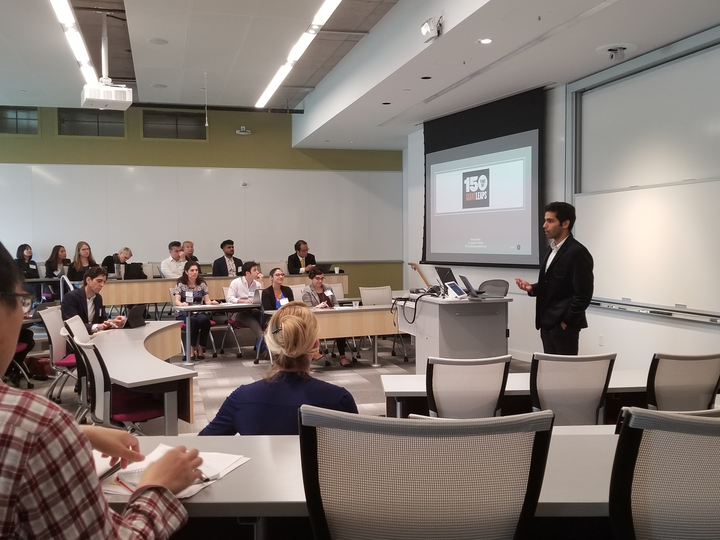Simulating Self-Organization during Strategic Change: Implications for Organizational Design

Abstract
Self-organization- a characteristic of complex adaptive systems (CAS) has been explored in organizational research- in management theory [Mihm et al. 2003; von Foerster 1984], firm internationalization [Chandra and Wilkinson 2017], organizational design [Clement and Puranam 2017], and strategic change [Foster 2015]. Newer organizational forms such as networks and zero-hierarchy companies that hold the promise of self-organization are gaining prominence [Puranam et al. 2014], and theoretical organizational modeling is a useful technique to study them proactively via simulation [Puranam et al. 2015; Simon 1976]. In this paper, we introduce a nature-inspired model to understand self-organization of collaborative groups in three archetypal organizational designs- i. fully-networked, ii. siloed, and iii. dynamic, where each design controls intra-managerial communication in specific ways, and each member has reactive or perceptive behavioral tendencies.